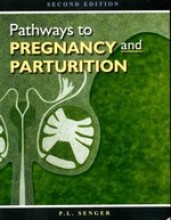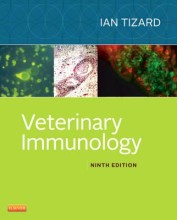Summary: Animal Breeding And Genetics | WUR
- This + 400k other summaries
- A unique study and practice tool
- Never study anything twice again
- Get the grades you hope for
- 100% sure, 100% understanding
Read the summary and the most important questions on Animal breeding and genetics | WUR
-
2 . Defining breeding goal and basic steps in setting up a breeding program
This is a preview. There are 6 more flashcards available for chapter 2
Show more cards here -
Stap 5 BP: Selection and mating. Wat is hier belangrijk om te weten?
Selectie bepaalt je genetische vooruitgang
Mating does NOT affect genetic improvement -
8 belangrijke begrippen
This is a preview. There are 67 more flashcards available for chapter 8
Show more cards here -
Setting up a breeding program
1. Definition of production system
2. Definition of breeding goal
3. Collection of information
4. Determining selection criteria
5. Selection and mating
6. Dissemination
7. Evaluation -
Characteristics breeding goal
- Often consists of a combination of traits
- should ideally summarize all traits in a single criterion
- contains breeding values
- contains values to weight the triats
- should aim at the future
- contain economic and non-economic weights
should consists of:
- definition of the trait
- desired direction - Often consists of a combination of traits
-
Genetic diversity can be measured by
- The number of alleles in a population -> the more alleles, the larger the genetic diversity
- the frequency of those alleles -> the more equal, the larger the diversity.
- The number of alleles in a population -> the more alleles, the larger the genetic diversity
-
Gain in genetic diversity
- Mutations -> A dominant mutation often results in mortality of the embryo
- immigration
- Mutations -> A dominant mutation often results in mortality of the embryo
-
Rate of inbreeding gives an indication of
- the risk ofinbreeding depression
- thedecrease in genetic diversity and room foradaptive capacity of the animals in response to an environmental change
- maximum level is 1 -
Additive genetic relationship
- reflects what proportion of the DNA two animals share because they have common ancestors
- estimated using- pedigrees
- genomic information (SNP markers)
-
Acceptable rate of inbreeding
- keep the rate of inbreeding below 1%, perferably below 0.5%
- 1% means that homozygosity will increase with 1% per generation -
Epistatic effects (I)
- there are genes interacting with each other
- one gene needs the products of another gene to come to expression resulting in gene-pathways -
Dominance effect (D)
- indicate the sum of dominance effects per gene
- the expression of the gene itself depends on the allele combination of that gene
- two recessive genes will result in a different expression than one recessive and one dominant
- Higher grades + faster learning
- Never study anything twice
- 100% sure, 100% understanding






























